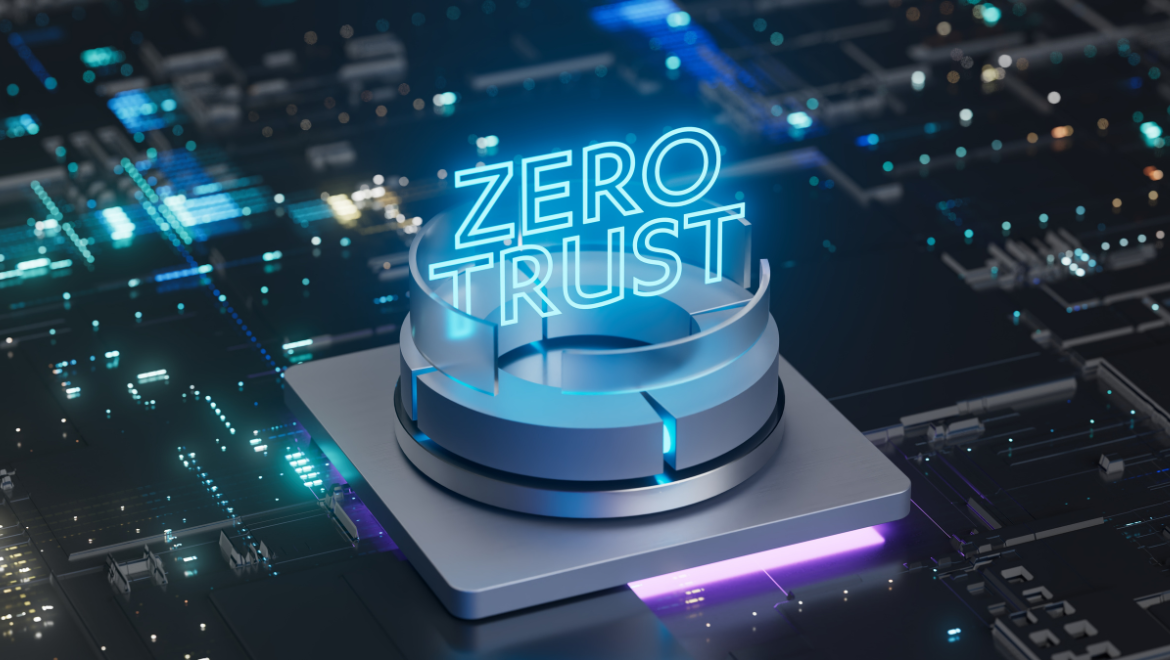
Zero Trust 101: How TMF is revolutionizing federal cybersecurity
Post filed in: Technology Transformation Services
As federal agencies continue to modernize their IT infrastructure, the Technology Modernization Fund (TMF) is promoting robust security measures. The fund’s support for zero trust architecture implementation — which assumes no default trust for either users or devices — is powering this government cybersecurity trend of several years.
This strategic investment comes at a critical juncture. Agencies face increasingly sophisticated cyber threats and the challenges of securing a more distributed workforce. With TMF’s financial backing and expertise, agencies can overcome resource constraints and technical hurdles in adopting zero trust principles.
What is zero trust?
Zero trust is a cybersecurity model that assumes no user or device can be trusted by default, whether they are inside or outside the network perimeter. Instead, every access request must be authenticated, authorized, and continuously validated before granting access.
To better understand zero trust, let’s look at some everyday examples:
- Two-Factor Authentication (2FA): When you log into your bank account or email, you may be asked to enter a code sent to your phone in addition to your password. This is an example of zero trust. It ensures that even if someone has your password, they can’t access your account without the extra verification.
- Biometric Identification: Many smartphones now use fingerprint or facial recognition to unlock the device. This is another form of zero trust, requiring the user to prove their identity before accessing the phone’s contents.
Zero trust’s future with TMF
One notable example is the U.S. Department of Education’s (ED) ongoing zero-trust project, which will receive $20 million from TMF. With this funding, ED will establish a catalog of self-services where students, parents and borrowers can securely learn about, apply for, and manage their federal student aid. These self services lead to significant savings in customer care costs while decreasing customer care traffic.
As more federal agencies embrace zero trust with the help of TMF, we can expect to see a more secure and resilient federal IT landscape. However, without continued support from programs like TMF, the adoption of zero trust may be slower and more challenging.
By investing in zero trust through TMF, we can ensure that our nation’s critical infrastructure and sensitive data are protected against ever-evolving cyber threats. This investment will pay dividends in the long run, providing a more secure foundation for the future of federal IT.
Federal agencies that have not yet embraced zero trust should submit a proposal for TMF funding. With TMF’s support and resources, agencies can accelerate their zero trust journey, ensuring a more secure future for themselves and the nation.
To learn more about TMF and proposal requirements, please visit the TMF website or email tmf@gsa.gov.

 U.S. General Services Administration
U.S. General Services Administration
